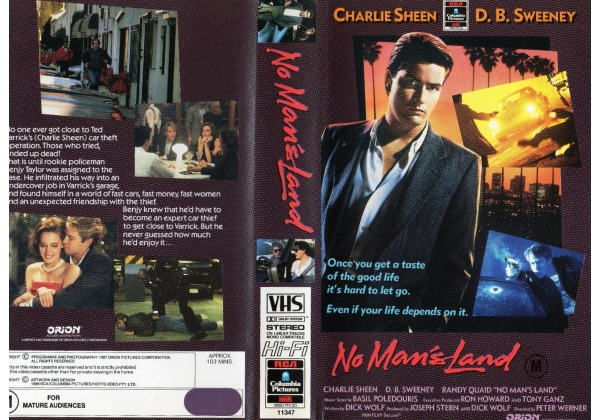I watched 1987’s No Man’s Land the other night. I loved it, not for the writing or the acting, but because it felt like I was visiting another time: a version of the eighties showcased through home interiors, streetscapes, restaurants, cars and tech. There’s something about being able to step into the eighties, nineties, and early aughts through movies that’s really pleasing to me.
Even animated works satisfy that itch; Akira drips the eighties not only through its animation style but in how the technology of that decade defined its vision of the future.
This visual satisfaction stretches into works from the early aughts like 2003’s Lost in Translation. Through my millennial perception of time, that doesn’t seem so long ago, until I remember that 2023 is to 2003 what 2003 was to 1983. How people accomplish tasks has completely changed since 2003: this was before apps, tap-to-pay, LED lighting, Google Maps, Netflix, Uber, Airbnb, YouTube, WhatsApp, Spotify, Facebook, etc. You listened to CDs, watched DVDs, cashed cheques at a bank, phoned a cab company, used paper maps and phone books, etc. There was a physicality required, either through objects or presence, that the intervening years obsoleted.
So that Lost in Translation lingers so much outside of the characters, words and stereotypes to highlight that world is a pleasure:
Depictions of earlier decades don’t provide this same comfort. Perhaps that’s to do with my having been born in 1985; time passes slower as a kid, so the nineties and the totems of the eighties that lingered in that decade have an outsized presence in my mind.
I would never want to relive those years, but to be a tourist in those decades by way of incidental footage is my guilty pleasure.
